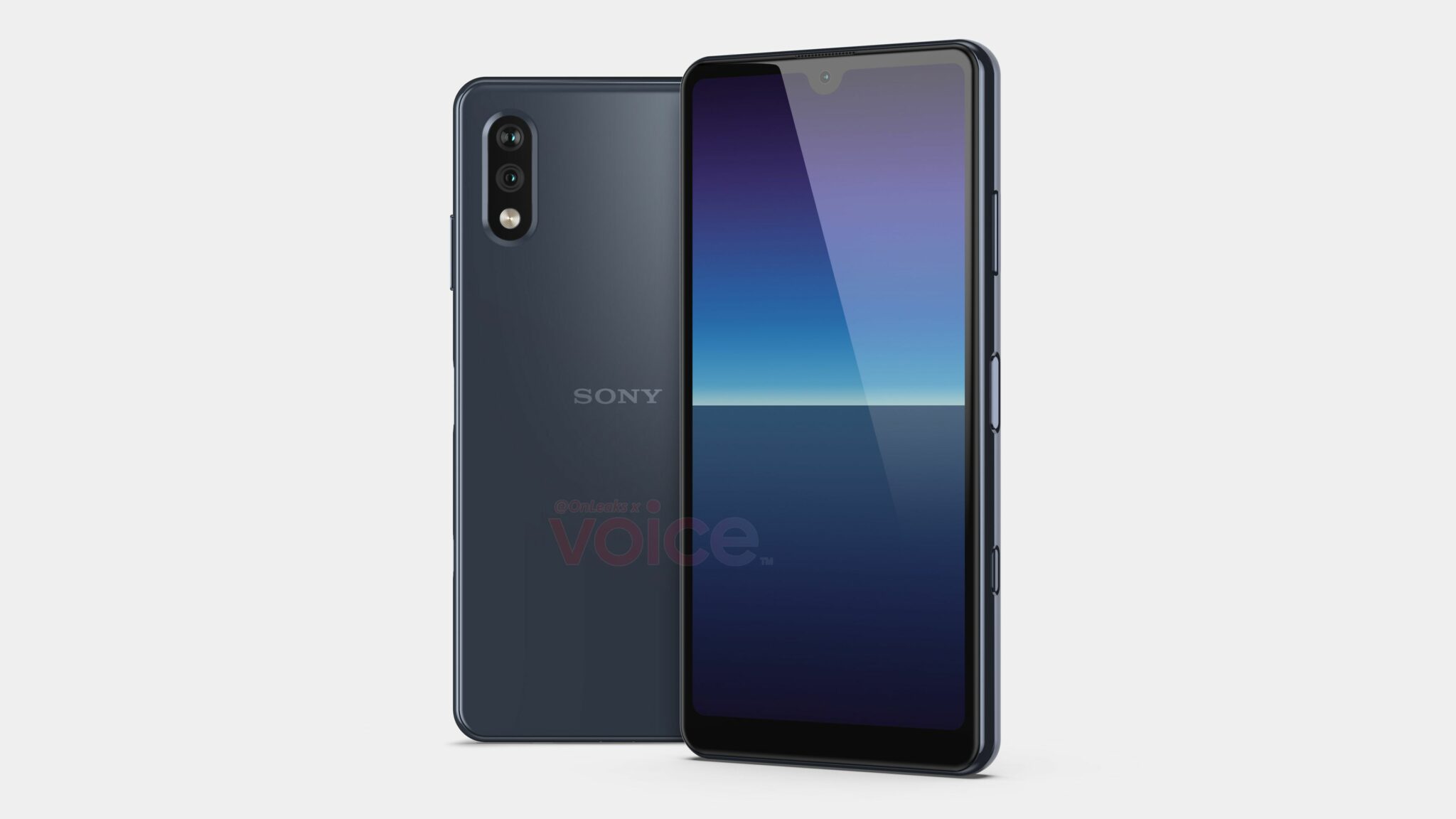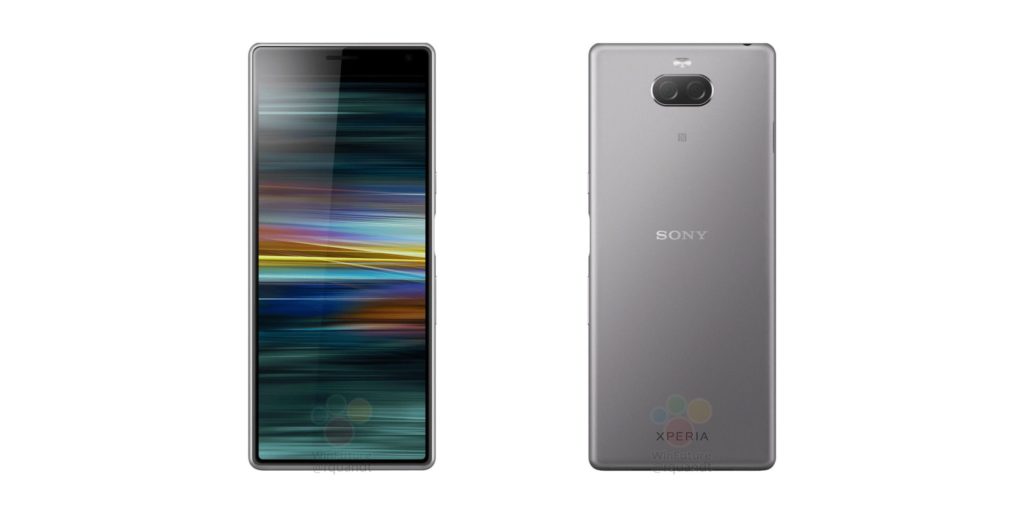
Back in May 2016, Sony launched the Xperia X in the United States, but with an odd omission — the fingerprint scanner embedded in the power button was disabled. While the exact same Xperia X’s biometric feature worked perfectly fine in other countries, it was baffling why the Japanese phone maker would do such a thing. And it wasn’t the first time either, the Sony Xperia Z5 launched many months before also had it disabled. When pressed for an answer, the company suggested that “due to business decisions” they had to “leave it out”. While that answer was unconvincing, today we finally know that a patent issue might have been the reason.
Tech blog Phandroid reported the story based on a patent that Apple was recently awarded, which talks about placing the fingerprint scanner on the power button of an iPhone. The patent was filed by Apple in 2015 though, which potentially corroborates why Sony decided to disable it to avoid any legal battles with the world’s most valuable brand (side note: Sony ranks #73 on that list as of today). The company also has had a weak presence in the US, so it wouldn’t have made business sense to rework those Xperias with fingerprint scanners not placed on the power buttons exclusively for this market.
It’s sad that Sony had to neuter key functionality in its smartphone despite Apple not using the home-button-fingerprint-scanner concept to date, but it also sheds some light on the future. Until the iPhone 7 and iPhone 7 Plus, Apple’s Touch ID has been integrated into the home button. But all that could change with the upcoming iPhone 8, that is highly rumored to get rid of the dedicated home button entirely. Initially, it was suggested that the company will integrate a fingerprint scanner underneath the screen. But as time passed, we’ve also seen renders of an iPhone with a fingerprint scanner at the back, similar to many Android phones today. Apple apparently was facing difficulty to implement the under-screen-fingerprint-sensing technology.
Now that this patent has been bagged, Apple potentially could just integrate the fingerprint scanner in the power button of future iPhones, thereby avoiding the unsightly appearance of a rear-mounted sensor from those renders. Another interesting thing if you were to see the diagram in the patent details — the power button is shown to be up top; whereas power buttons on iPhones were shifted to the right side since the iPhone 6 in 2014 (with the exception of the iPhone SE) — a year before filing the patent. This indicates that Apple may have been working on this concept long before they filed the patent.
Finally, Apple may have patented the tech but it sure wasn’t the first to think of the concept. That’s because the Motorola Atrix had a fingerprint scanner that doubled up as a power button back in 2011.


















